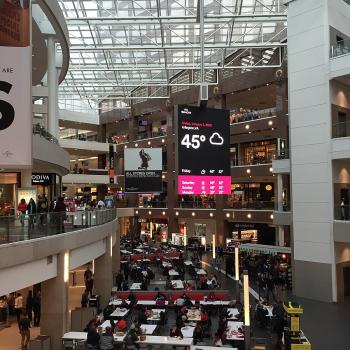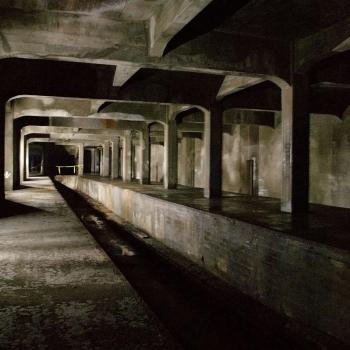“How Mississippi Slashed Its Prison Population and Embraced Criminal Justice Reform”:
If Mississippi were a country, two years ago it would have had the second highest incarceration rate of any nation in the world. The state’s conservative politicians spent years increasing sentences for offenders and decreasing parole, a tough-on-crime double-whammy that kept landing more and more people behind bars — until last year, when legislators finally came to their senses.
Mississippi lawmakers coalesced around a set of complex criminal justice system reforms in 2014, leading to a dramatic 15 percent reduction in the size of the state’s prison population over the course of one year, according to numbers released recently by the Bureau of Justice Statistics. The next closest state was Vermont, which saw a decline of less than 5 percent. Though Mississippi’s incarceration rate remains the fifth highest nationwide, the recent progress is being hailed as a model for how liberal and conservatives can agree on prison reforms.
“Unintended Consequences of New [Gun] Laws”: in which structural racism and original sin, like love, will find a way.
…It’s worth asking if the law will effectively reduce interpersonal violence or if it will simply increase the reach of the prison industrial complex.
more, w/specifics (and you should be following Prison Culture anyway)
“Child Protective Services and the Criminalization of Parenthood”–Radley Balko puts things in a larger perspective, with empathy for CPS workers as well as unjustly punished parents:
Over at the Nation, Michelle Goldberg lays out another issue area where progressives and limited-government types should be able to find some common ground — the overreach of child protection agencies and the disproportionate impact that has on the poor.
“Why It’s So Hard to Fire an Abusive Prison Guard” (in New York):
…Part of the difference in bargaining rights stems from the turbulent labor history of New York’s prison guards. In 1979, corrections officers walked off the job for 16 days in a contract dispute. Gov. Hugh L. Carey responded by calling out the National Guard to run the prisons. The walkout violated the state’s Taylor Law, which bars strikes by public employees, but after paying modest fines, the guards won a new contract with better wages and bargaining conditions. Despite the decline in the number of state prisons to 54 from 67 as the inmate population has fallen, the officers’ union remains a political force upstate thanks to the presence of its sizable membership in the constellation of prisons that dot the northern New York landscape from the Vermont border to Lake Erie.
But union resistance has not been the corrections department’s only obstacle to enforcing discipline. … Most of the office’s investigators are corrections officers recruited from within the department’s ranks, officials acknowledge. They are members of the same union as the guards they are investigating, and sometimes return to uniformed jobs. Corrections officials say the unit benefits from insider knowledge, but the overlap has long troubled critics of the agency.
And here’s a sort of intro piece on crime vs criminalization as a driver of incarceration, disguised as a look at the states as “Laboratories of Incarceration”:
…Each state has its own criminal code that controls how offenders are sentenced and its own budget that determines the availability of alternatives to incarceration. The variability among states on these and other critical elements of the criminal justice system is breathtaking. In one state, driving with a suspended license is one of the top ten crimes for which people are admitted to prison; in another state, it doesn’t lead to a prison term at all. In some states, more than half of prison admissions are for failing drug tests, missing appointments with probation officers, or other technical violations of the conditions of community supervision. In others, violators are held accountable in day reporting centers or similar noncustodial programs, and almost no one goes back to a state prison cell for rule infractions.
These variations in sentencing and post-release supervision give rise to vast differences in rates of incarceration. At the end of 2014, Louisiana had the highest portion of its population behind bars, with 1,072 per 100,000 adult residents in prison, while Maine was at the opposite end of the scale, with 189 per 100,000 adults. Even geographic proximity is no guarantee of similar rates: North Carolina and South Carolina’s rates were 465 and 552 per 100,000, respectively, while South Dakota at 558 per 100,000 doubled North Dakota’s 278.
Differences in crime rates account for only a small share of the inconsistencies between these pairs of states.











